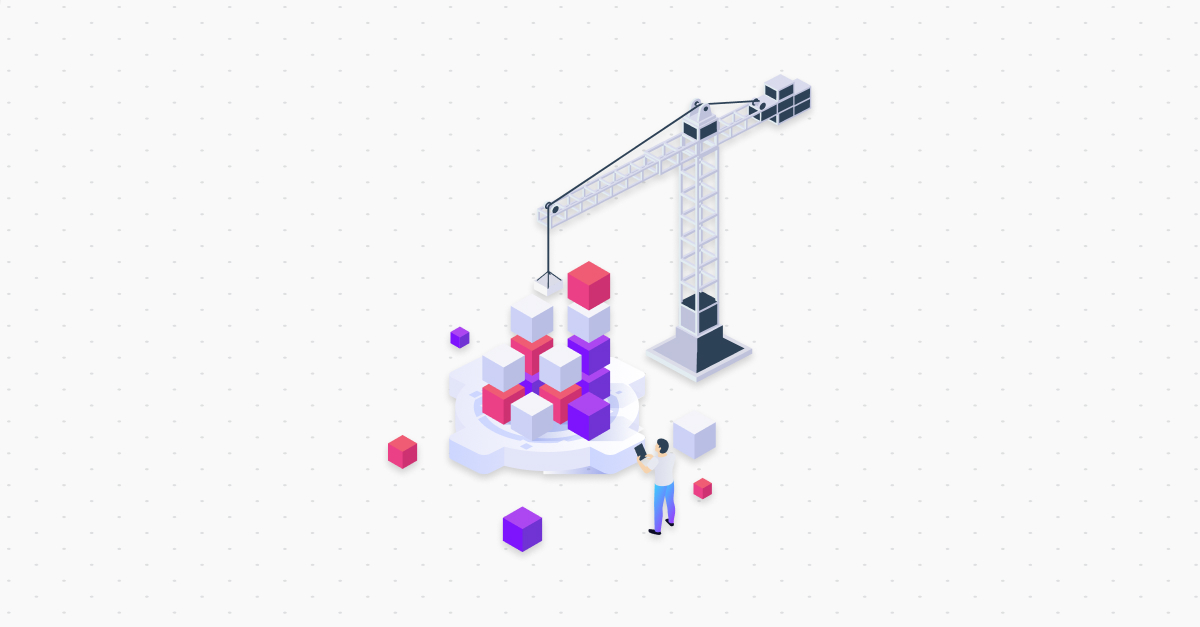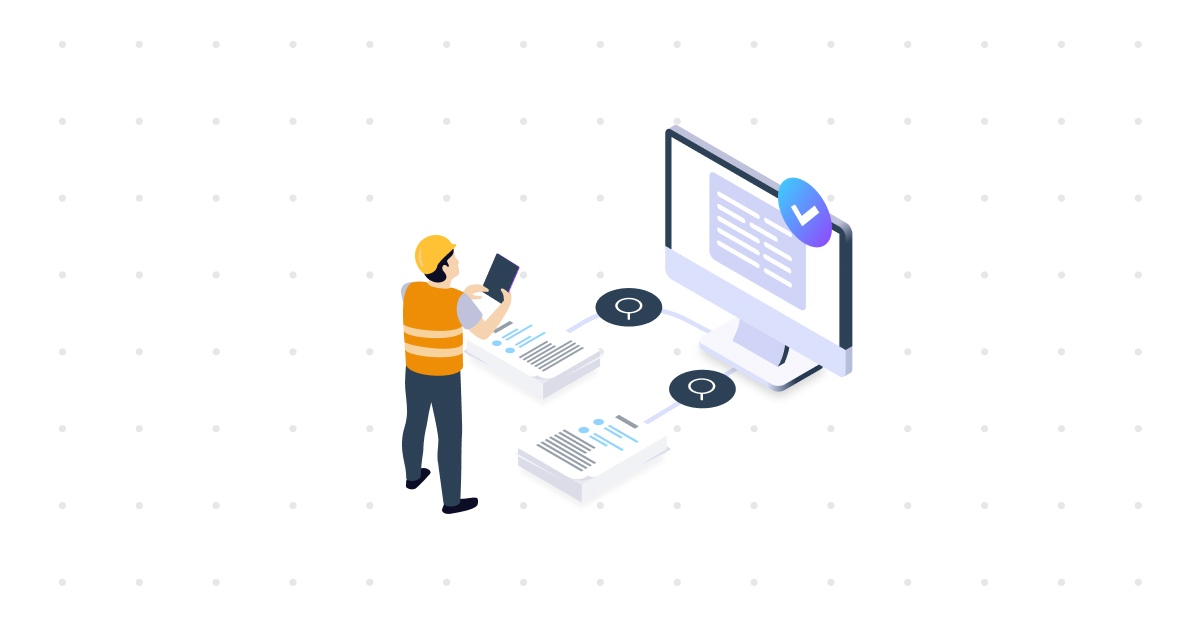What’s new in the Laces Apps (March 2024)
- Updates
The March Laces Apps release is here: version 12.0! This month, we’ve introduced three changes in the new version of the Laces Apps. Beyond constantly improving Laces in its functionality and scope, these three updates are based on user feedback. This time, we’ve been working on improving features like importing remote source links to your Laces Apps, importing annotated individual concepts and groups, and new publication metadata.
These changes are automatically applied to the applications and are categorized into groups: the Laces Apps as a whole, and thus also the Laces Ontology Manager and the Laces Standards Manager. Does this sound interesting? Keep reading for more information on this month’s changes.
Import of remote source links
In response to user feedback, we’ve enhanced bulk import functionality by introducing support for remote source links. Previously, users had to map objects between libraries manually. Now, users can configure external libraries as remote sources and seamlessly import links in bulk. Detailed instructions are available in the Laces Apps manual.
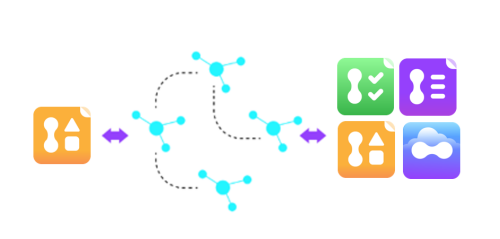
Import annotated individual concepts and groups
In this release, the Laces Standards Manager workspace schema has undergone updates, enabling users to import annotated individual concepts and groups and seamlessly connect them with extracted documents. This enhancement significantly improves workflow efficiency, especially when dealing with documents extracted using AI tools, to offer a more smooth and integrated experience for users.
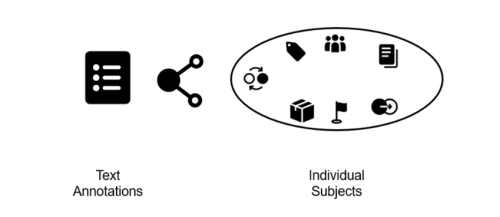
New publication metadata
Two new metadata fields for creating publications: Abstract and an icon, enhancing information richness and usability. These additions seamlessly integrate with the Laces Data Platform and Laces Hub marketplace, facilitating streamlined data sharing and accessibility within the Hub ecosystem.
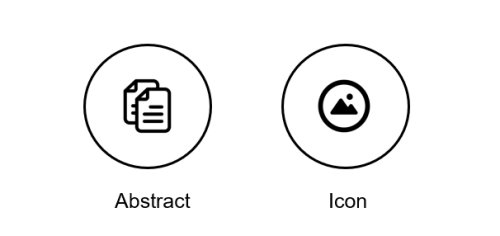
Interested in hearing more? Read more about Laces Apps or schedule a free demo with our experts. If you want to keep an eye on our new updates, follow our Laces LinkedIn page for more information.
Why You Should Use Laces to Simplify Verification and Compliance
Verification plays a critical role in industries where precision, safety, and accountability are non-negotiable, whether you’re designing infrastructure, building vehicles, or manufacturing medical devices. Yet, for many teams, managing the verification process is still a complex, manual, and error-prone task. This is where the Laces Requirements Manager comes in. It simplifies the planning and execution […]
ReadExtracting Specifications from Documents: Manual vs. NLP-Based Extraction
Extracting, interpreting, and applying specifications from technical documents, like standards, contracts, or regulations, is often a necessary but painstaking part of project or product management. Traditionally, this has been done manually, but recent advances in Natural Language Processing (NLP) have opened up new, intelligent alternatives. In this blog, we’ll explore the differences between manual and […]
ReadWhat is the difference between Ontologies and Object Type Libraries (OTLs)
In today’s data-rich environments, organizations face growing pressure to improve their information management and data exchange. Two essential concepts that support this are Ontologies and Object Type Libraries (OTLs). Both are foundational to structuring and standardizing data. While they have different emphases, they are not opposites. Instead, they often work hand-in-hand. Understanding their roles and […]
Read